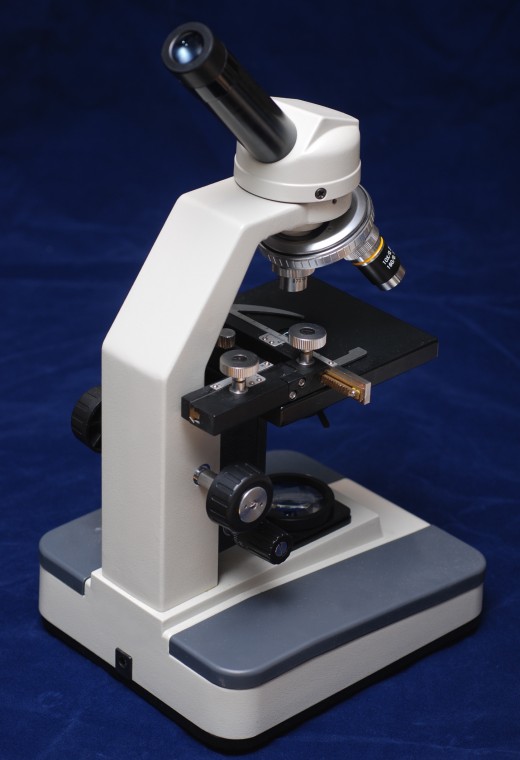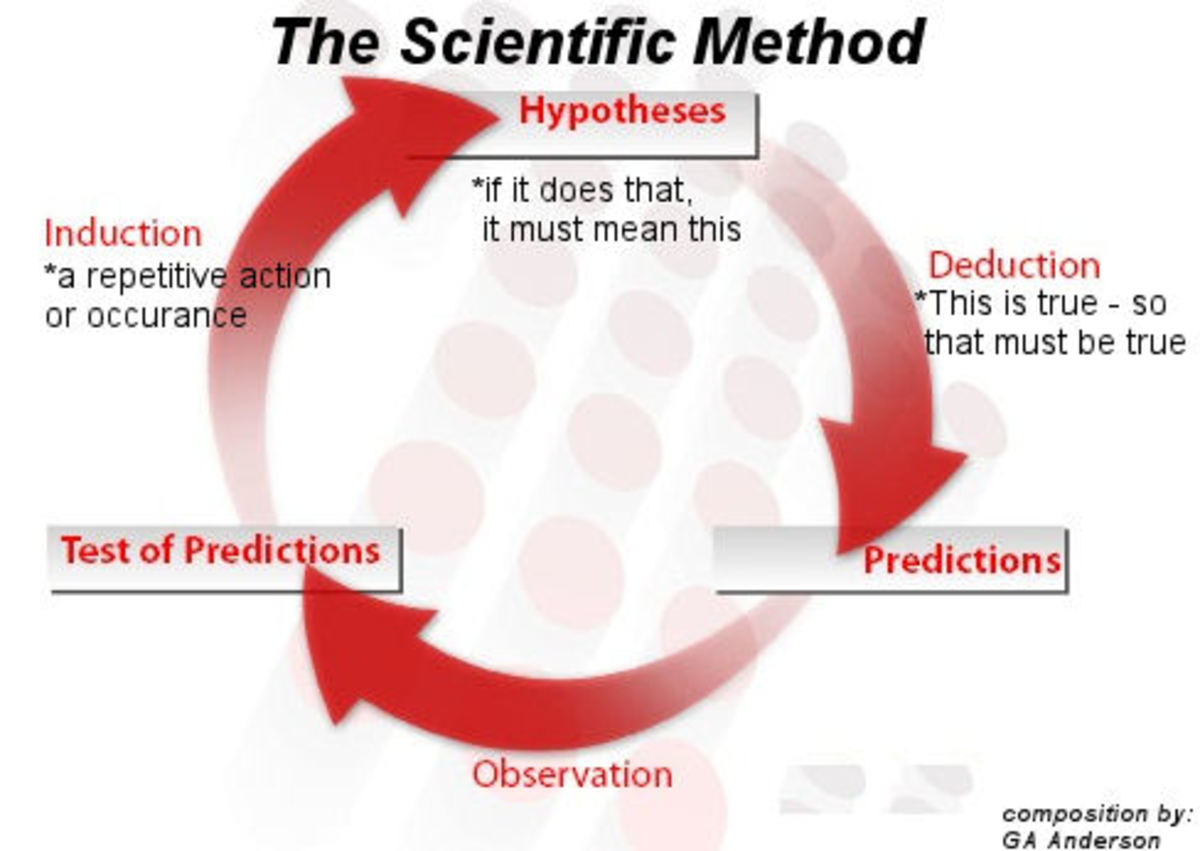The Scientific Method in Everyday Life Sample Paper

Introduction
In biology, experiments are conducting using the scientific method. The scientific method is a series of well defined steps that lead us from the earliest stages of discovery through to a complete explanation. In the online web experiment (Carter, 2004), students were asked to put their study of the scientific method into action and conduct a mini-experiment. The experiment started with the first step of the scientific method: observation. The observation was that plants placed inside near a window would, over time, begin to grow toward the window. The next step of the scientific method is to question. In this case: why do plants place near a window begin to grow toward the window. Next, following the scientific method, it is time to form a hypothesis. A hypothesis is another way to say an educated guess—one the experimenter seeks to prove or disprove. In the web experiment, I decided to go with the hypothesis “plants respond to the light which they need to make their food.” Once a hypothesis is made, it is time to continue with the scientific method by implementing testing. In this case, I decided the best test would be to grow a total of six plants—three with light to the left and three with light to the right. Finally, the scientific method calls for an explanation of our findings. The experiment conducted in the web-based environment found that the plants with the light to the left grew toward the left and the plants with the light to the right grew toward the right. This would support my initial hypothesis that, due to the plants’ reliance of photosynthesis, plants will grow toward the light that sustains them. There are many places one can use the scientific method. While exact methodologies vary from experiment to experiment, hypothesis to hypothesis—the same basic steps of the scientific method remain the same.

Technical Support & the Scientific Method
In my experience, I have had the opportunity to put the scientific method into action on numerous occasions. These events were not limited just to science class. I have found opportunity to try these steps in my work as a technical support specialist, a manager, a parent, and even a simply inquisitive and analytical person. Because the scientific method is a simple, straight forward, analytical process, I often find myself using it without even realizing it. During my time with Nationwide Internet, I served as both a front line technical support agent and a technical support manager. I was known for many things, one of which was going above and beyond in solving highly technical issues where most others would simply give up or refer the problem off. I had worked in the technical support and telecommunications field for the better part of a decade. Because of the various positions I held during that time, I was privy to a varying degree of knowledge in regards to the different technologies used and how they work. One common issue we faced was a symptom called “sync, no surf.” This concept required a customer to be able to connect to the network servers but not be able to access any online content. It is like not being connected at all. It can happen with any type of Internet technology from dial up to DSL to T1 connections. It is, at the same time, one of the easiest and most difficult problems to troubleshoot.
When these symptoms presented themselves, it is important to use the scientific method, although most technical support agents will never call it that. First, one must observe the behaviors. This will tell us if the client is connected, whether data is being sent, and even what kind of data is being transmitted back and forth. Once you know that the customer is in fact connected and good data is being transmitted, you must ask yourself why it is not being translated properly on the customer’s end. The next part is to form a hypothesis, which you should base off of your initial observations. Is there too much data being sent? Perhaps the customer is running something in the background clogging the bandwidth. Is there not enough data? Perhaps the customer has crashed the pipe. Is the customer running a network? There might be a network set up error. Is the customer running any sort of anti-virus, firewall, VPN software? That may be the issue. The only way to know for sure what the issue is to carry on with test. You might disable the third party software or remove the network from the equation. Often in troubleshooting, your hypothesis is disproved, and you must start over again. Meanwhile, you are carrying through with the same process again and again until you have found a hypothesis you can prove. Once you prove that single hypothesis, you educate the customer on your findings, encouraging them to alter their setup or change their behaviors to avoid this sort of issue in the future.

Conclusion
One University of Texas website says “The scientific method is used unconsciously by many people on a daily basis, for tasks such as cooking and budgeting. The same elements present in traditional scientific inquiry are present in these everyday examples. Understanding how to apply the scientific method to these seemingly non-scientific problems can be valuable in furthering one's career and in making health-related decisions” (Pease & Bull, 2000). Most people learn the scientific method in primary or secondary school, and it tends to stick with them over the years. Even without realizing it, men and women use the scientific method on an almost daily basis. Even children learn the basic concepts of the scientific method before they know what it is. The concept is simple. Observe how things work. Before taking an action, contemplate what will be the result of the action. The only way you will know for sure is to test that theory. The trial and error method is based off the scientific method. We take what we know, apply it to a concept, and then test it. We know in the end whether it worked or not. Try thinking of some of the decisions you make in everyday life or even a weekly basis; you might be surprised how much the scientific method is at plan in your day to day life.
References
Carter, J.S.. (2004). Sci_meth.htm [Computer Software]. Retrieved February 27, 2010 from Carter, J.S., Simulation, SCI230-Introduction to Life Science website.
Pease, C.M. & Bull, J.J., (2000). Chapter 3: how non-scientists use the scientific method. University of Texas. Retrieved February 27, 2010 from http://www.utexas.edu/courses/bio301d/Topics/Nonscientists/Text.html









